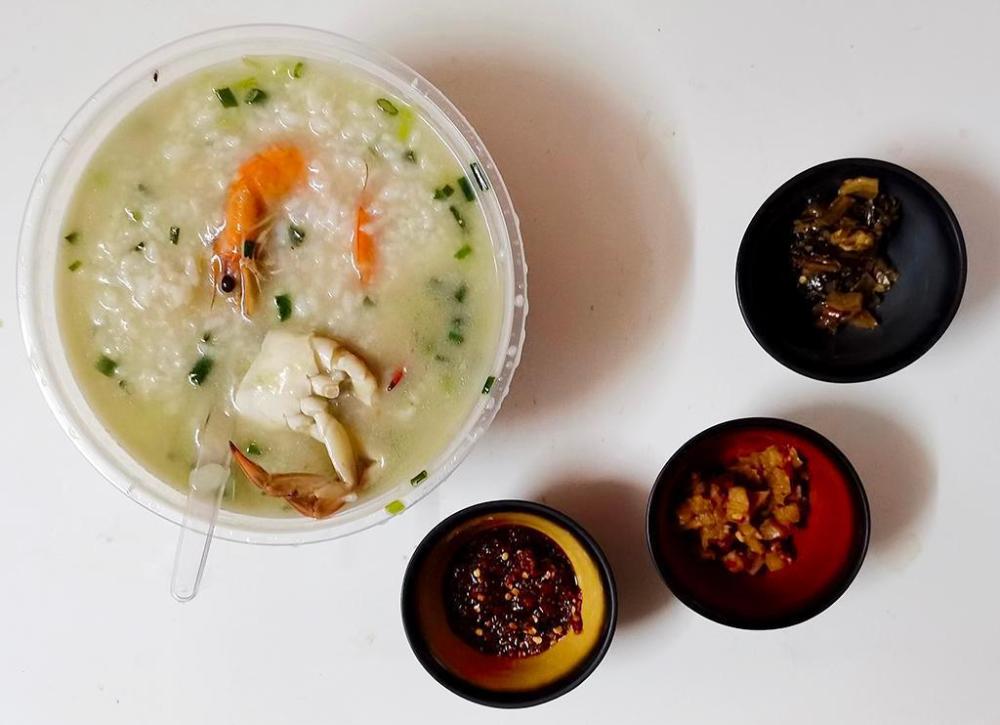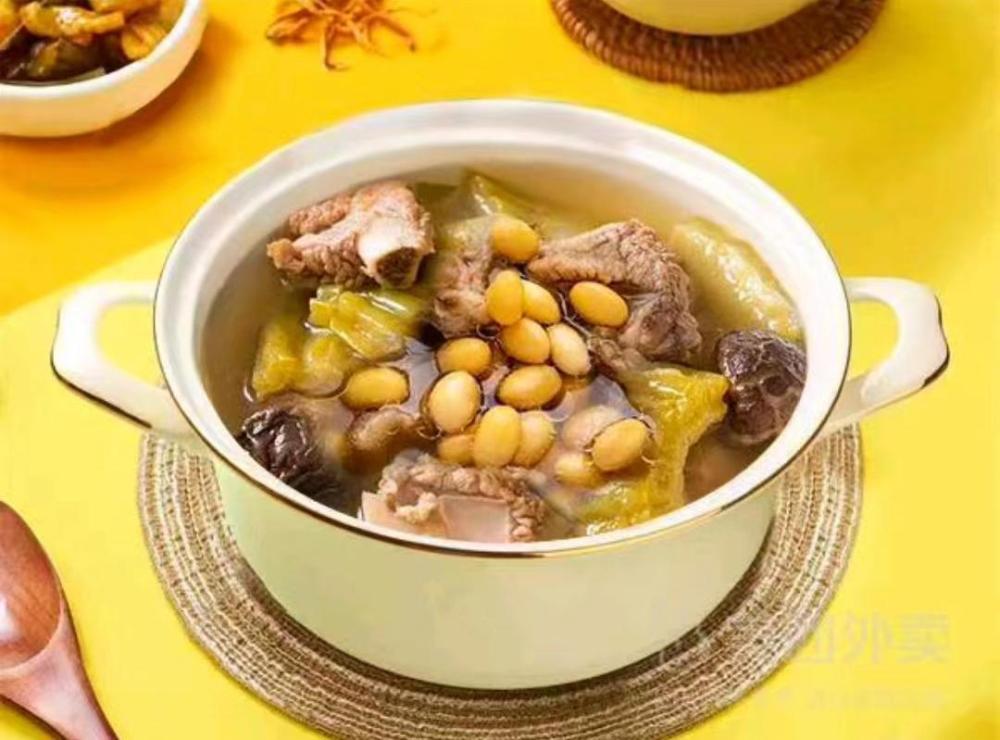粤菜 (Mand: yuè cài; Cant: jyut6 coi3) - Cantonese cuisine (Part Two) - 潮汕菜 (Mand: cháo shàn cài; Cant: ciu4 saan3 coi3) – Chaoshan Cuisine
Note: As many people in this area speak Cantonese, I am giving the pronunciation in both Mandarin and Cantonese. I am also giving names in both Simplified and Traditional Chinese characters as the latter are still used in Hong Kong and Macao and sometimes in restaurants on the mainland, although that is discouraged. If only one set of characters are shown as in the title of this post, that means the simplified and traditional are the same. On with the show.
Chaoshan cuisine, also called Teochew cuisine, is an important sub-genre of Cantonese cuisine, largely exclusive to the area known as 潮汕 (Mand: cháo shàn; Cant: ciu4 saan3) and including the city of 汕头 (Mand: shàn tóu; Cant: saan3 tau4) in south-eastern Guangdong Province. Dating back to the Han Dynasty (Han Dynasty (202 BC - 220 AD), the area is famous for its skilled chefs. Attention to details of cutting and presentation are renowned as is their love of mild, lightly seasoned preparations which highlight the natural flavours of the dishes.
They are also known for their delicate vegetable dishes, some vegetarian but not all.
This is a prosperous maritime region so much of the cuisine centres on seafood, for which it’s most famous. One unusual feature of their cuisine is the technique of marinating seafood while it’s still alive. The marinade consists of vinegar, green onion, ginger, soy sauce and baijiu (a Chinese grain liquor). Small amounts of chillies are sometimes added, but generally Cantonese food is not spicy.
Meats, both natural or cured, are often brined using water, salt, bean paste, ginger and many other spices. Brined goose or duck is a favourite. 潮汕卤味 / 潮汕鹵味 (Mand: cháo shàn lǔ wèi; Cant: ciu4 saan3 lou5 mei6*2), brined meats are often served as a charcuterie plate.
芥兰炒牛肉 / 芥蘭炒牛肉 (Mand: jè lán chǎo niú ròu ; Cant: gaai3 laan4*2 caau2 ngau4 juk6), gailan with beef stir-fry is the likely origin on that American classic beef with broccoli, imported and altered by immigrants who couldn’t then find gailan so substituted broccoli.
潮汕砂锅粥 / 潮汕砂鍋粥 (Mand: cháo shàn shā guō zhōu; Cant: ciu4 saan3 saa1 wo1 zuk1 ) Chaoshan rice porridge is a personal favourite, packed with fresh seafood – shrimp, crab, squid, scallops etc.
Chaoshan rice porridge
苦瓜排骨汤 / 苦瓜純排骨湯 (Mand: kǔ guā pái gǔ tāng; Cant: fu2 gwaa1 paai4 gwat1 tong1), bitter melon and pork rib soup is a popular dish with supposed medical benefits, but also just as a delicious soup for those who don’t mind bitter tastes.
Chaoshan bitter melon and pork rib soup (with yellow soy beans)
Chaoshan is also the origin of the highly formal Chinese tea drinking ceremony.
Many of the Chaoshan dishes are only available in the area as they demand absolute freshness.
Steamed crab in Chaoshan restaurant in 2001. Pretty but bland to my tastes.
more Cantonese still to come.





